Actinidia chinensis
Actinidia chinensis
1. The products in our compound library are selected from thousands of unique natural products; 2. It has the characteristics of diverse structure, diverse sources and wide coverage of activities; 3. Provide information on the activity of products from major journals, patents and research reports around the world, providing theoretical direction and research basis for further research and screening; 4. Free combination according to the type, source, target and disease of natural product; 5. The compound powder is placed in a covered tube and then discharged into a 10 x 10 cryostat; 6. Transport in ice pack or dry ice pack. Please store it at -20 °C as soon as possible after receiving the product, and use it as soon as possible after opening.
Natural products/compounds from Actinidia chinensis
- Cat.No. Product Name CAS Number COA
-
BCN5597
Epicatechin490-46-0
Instructions
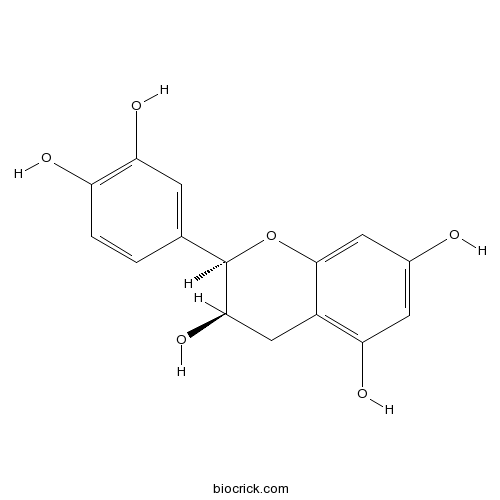
-
BCN5904
Esculin531-75-9
Instructions
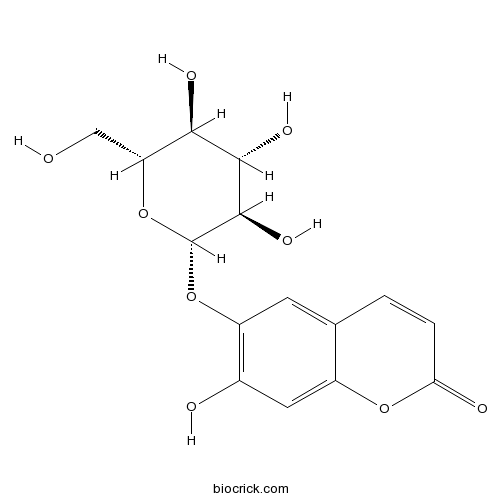
-
BCN5903
Fraxetin574-84-5
Instructions
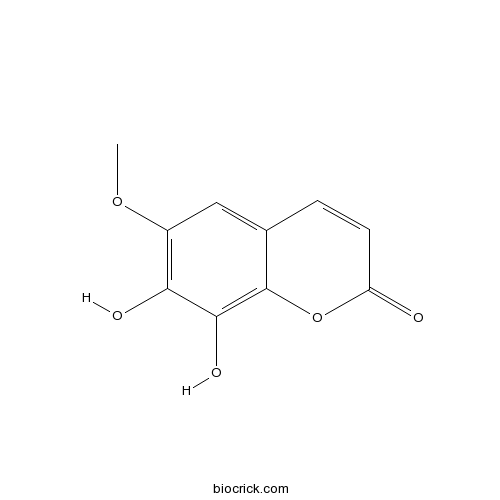
-
BCN6271
Colchicine64-86-8
Instructions
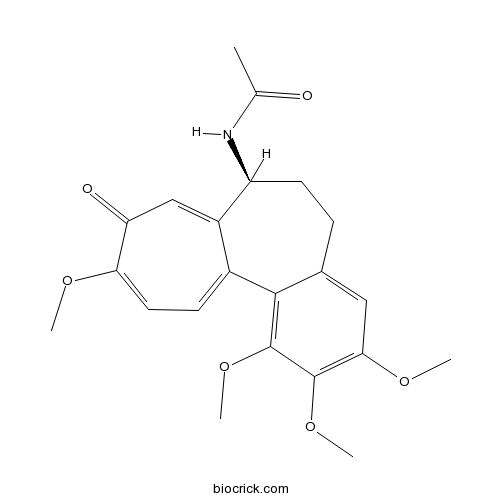
-
BCN4546
4-Hydroxybenzoic acid99-96-7
Instructions
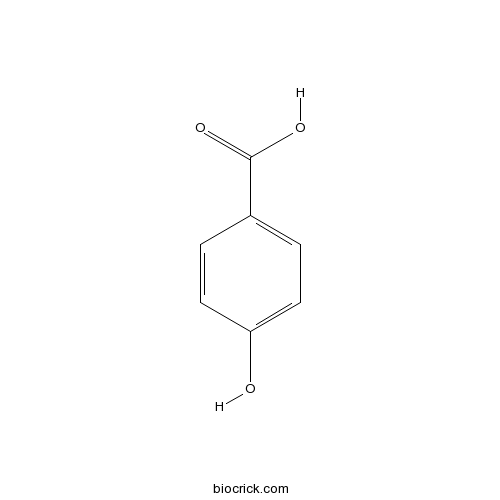
Comparative transcriptome analysis of the interaction between Actinidia chinensis var. chinensis and Pseudomonas syringae pv. actinidiae in absence and presence of acibenzolar-S-methyl.[Pubmed: 30081820]
Since 2007, bacterial canker caused by Pseudomonas syringae pv. actinidiae (Psa) has become a pandemic disease leading to important economic losses in every country where kiwifruit is widely cultivated. Options for controlling this disease are very limited and rely primarily on the use of bactericidal compounds, such as copper, and resistance inducers. Among the latter, the most widely studied is acibenzolar-S-methyl. To elucidate the early molecular reaction of kiwifruit plants (Actinidia chinensis var. chinensis) to Psa infection and acibenzolar-S-methyl treatment, a RNA seq analysis was performed at different phases of the infection process, from the epiphytic phase to the endophytic invasion on acibenzolar-S-methyl treated and on non-treated plants. The infection process was monitored in vivo by confocal laser scanning microscopy.
A manually annotated Actinidia chinensis var. chinensis (kiwifruit) genome highlights the challenges associated with draft genomes and gene prediction in plants.[Pubmed: 29661190]
Most published genome sequences are drafts, and most are dominated by computational gene prediction. Draft genomes typically incorporate considerable sequence data that are not assigned to chromosomes, and predicted genes without quality confidence measures. The current Actinidia chinensis (kiwifruit) 'Hongyang' draft genome has 164 Mb of sequences unassigned to pseudo-chromosomes, and omissions have been identified in the gene models.
Chlorophyll, carotenoid and vitamin C metabolism regulation in Actinidia chinensis 'Hongyang' outer pericarp during fruit development.[Pubmed: 29579114]
Ascorbic acid (AsA), chlorophyll and carotenoid contents and their associated gene expression patterns were analysed in Actinidia chinensis 'Hongyang' outer pericarp. The results showed chlorophyll degradation during fruit development and softening, exposed the yellow carotenoid pigments. LHCB1 and CLS1 gene expressions were decreased, while PPH2 and PPH3 gene expressions were increased, indicating that downregulation of chlorophyll biosynthesis and upregulation of its degradation, caused chlorophyll degradation. A decrease in the expression of the late carotenoid biosynthesis and maintenance genes (LCYB1, LCYE1, CYP1, CYP2, ZEP1, VDE1, VDE2, and NCED2) and degradation gene (CCD1), showed biosynthesis and degradation of carotenoid could be regulatory factors involved in fruit development. Most genes expression data of L-galactose and recycling pathway were agreement with the AsA concentrations in the fruit, suggesting these are the predominant pathways of AsA biosynthesis. GMP1, GME1 and GGP1 were identified as the key genes controlling AsA biosynthesis in 'Hongyang' outer pericarp.
Heterologous expression of kiwifruit (Actinidia chinensis) GOLDEN2-LIKE homolog elevates chloroplast level and nutritional quality in tomato (Solanum lycopersicum).[Pubmed: 29520458]
Constitutive expression of AchGLK from A. chinensis in transgenic tomato (S. lycopersicum) confers fruits an elevated plastid biogenesis with intensified granule thylakoid stacks and increased content of nutritional compounds. Plastid development is regulated by multiple environmental and genetic factors. Golden2-like (GLK) genes, members from GARP subfamily of the MYB transcription factors, have been shown to regulate plastid biogenesis and development in several species. In tomato (S. lycopersicum), SlGLK2 gene is expressed in the fruit in a manner of latitudinal gradient and determines the green shoulder phenotype. Here, we report the isolation and characterization of a kiwifruit (A. chinensis) GLK homolog (AchGLK). Transcription analysis showed that AchGLK is highly expressed in mature leaves and in fruits 60-day post-anthesis. Overexpression of AchGLK in transgenic tomato resulted in dark green immature fruit with higher concentration of chlorophyll and overall increased chloroplast compartment, both number and size. The ripened fruit had higher levels of carotenoids and sugars as well. Nevertheless, no phenotypic changes were observed in the transgenic leaves, similar to the previously described overexpression of SlGLK2 in tomato. Our study suggests that AchGLK is functionally homologous to tomato GLK2 with a potential in regulating plastid level in fruit that could contribute to improvement of fruit quality.
Regulatory roles of OASL in lung cancer cell sensitivity to Actinidia chinensis Planch root extract (acRoots).[Pubmed: 29508110]
Lung cancer is one of the most common malignancies worldwide. Actinidia chinensis Planch root extract (acRoots) was found to have the capacity of the anti-tumor, although the molecular mechanisms remain unclear. The present study aims to investigate the molecular mechanisms by which lung cancer cells sense to inhibitory effects of acRoots with a special focus on immune-associated gene profiles. We firstly provide a preclinical evidence that acRoots can significantly inhibit lung cancer cell proliferation and apoptosis via the PI3K-OASL signal pathway. The heterogeneous alterations of immune-associated gene profiles of lung cancer cell types were measured after treatment with various doses of acRoots. The OASL gene was identified as the key regulator in molecular networks of acRoots-treated lung cancer cells and validated. The OASL gene plays an important role in the regulation of lung cancer cell sensitivity to acRoots, which modulated by the PI3K signal pathway. Thus, our data indicate that OASL can be one of the decisive regulators to maintain lung cancer cell susceptibility to acRoots and may be associated with the development of drug resistance. The regulation of OASL can be an alternative strategy to improve drug efficacy during cancer therapies.
Identification of Floral Volatiles and Pollinator Responses in Kiwifruit Cultivars, Actinidia chinensis var. chinensis.[Pubmed: 29488039]
Volatiles emitted from unpollinated in situ flowers were collected from two male cultivars, 'M33', 'M91', and one female cultivar 'Zesy002' (Gold3) of kiwifruit (Actinidia chinensis var. chinensis). The samples were found to contain 48 compounds across the three cultivars with terpenes and straight chain alkenes dominating the headspace. Electrophysiological responses of honey bees (Apis mellifera) and bumble bees (Bombus terrestris) to the headspace of the kiwifruit flowers were recorded. Honey bees consistently responded to 11 floral volatiles from Gold3 pistillate flowers while bumble bees consistently responded to only five compounds from the pistillate flowers. Nonanal, 2-phenylethanol, 4-oxoisophorone and (3E,6E)-α-farnesene from pistillate flowers elicited responses from both bee species. Overall, honey bees were more sensitive to the straight chain hydrocarbons of the kiwifruit flowers than the bumble bees, which represented one of the main differences between the responses of the two bee species. The floral volatiles from staminate flowers of the male cultivars 'M33' and 'M91' varied greatly from those of the pistillate flowers of the female cultivar Gold3, with most of the bee active compounds significantly different from those in the Gold3 flower headspace. The total floral emissions of 'M33' flowers were significantly less than those of the Gold3 flowers, while the total floral emissions of the 'M91' flowers were significantly greater than those of the Gold3 flowers.


